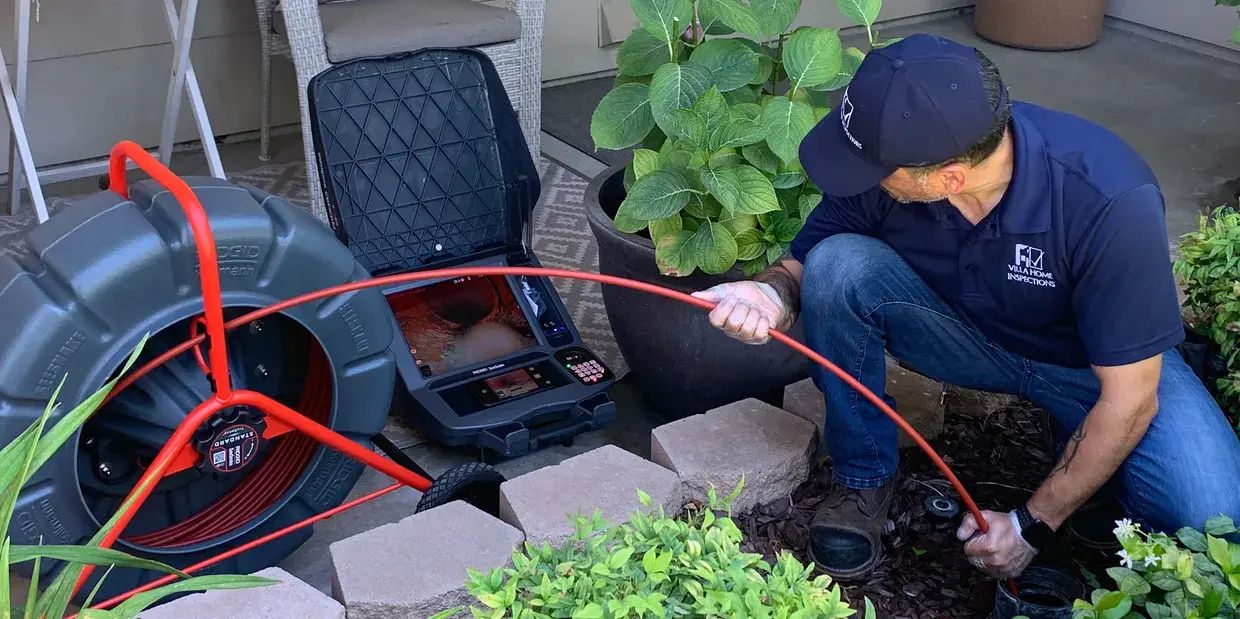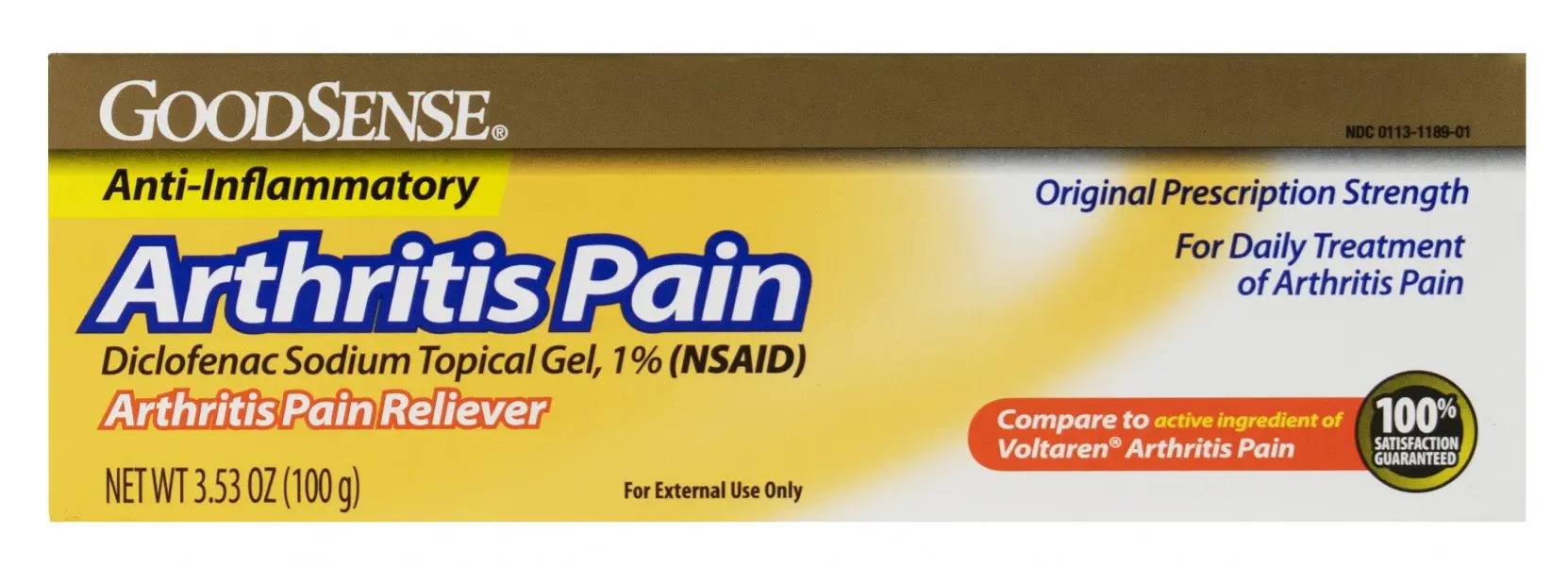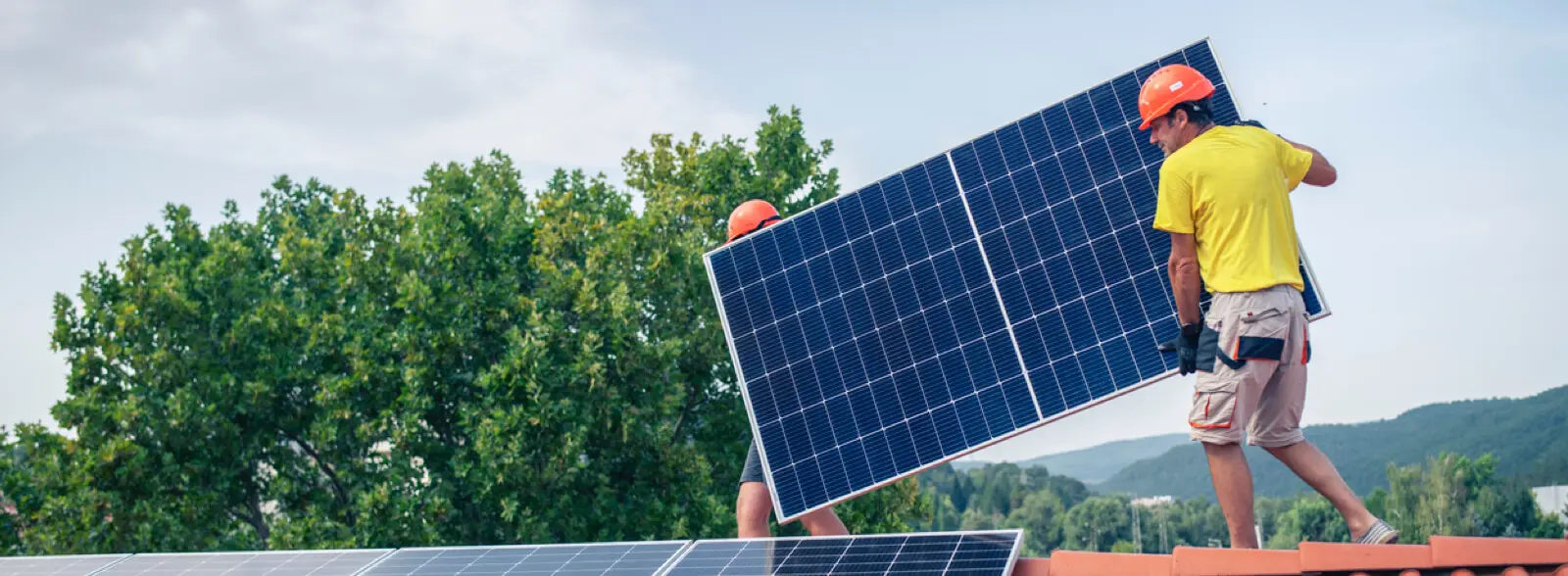
This guide breaks down how to choose the best sewer inspection camera and locator, based on real-world use cases, budget, and functionality.
Why the Right Sewer Camera and Locator Matters
A high-quality sewer camera and locator system isn’t just a tool—it’s a business asset. It allows professionals to:
- Diagnose pipe damage without digging
- Pinpoint exact blockage or break locations
- Document inspections for customers or insurance
- Reduce labor costs and speed up repairs
But not all systems are created equal. Factors like resolution, cable length, and locator range can drastically impact performance.
Key Factors to Consider When Buying a Sewer Camera and Locator
1. Camera Resolution and Visibility
The clearer the image, the faster you’ll identify issues. Choose a sewer inspection camera with:
- Minimum 720p resolution (for basic inspections)
- 1080p or 4K (for commercial or municipal use)
- Infrared or LED lights for dark or greasy pipes
2. Cable Length and Flexibility
Depending on the job, you may need to navigate long or narrow pipes. Consider:
- 50–100 feet for residential use
- 200–400 feet for large-scale commercial jobs
- Flexible yet durable cables that resist kinks
3. Locator Accuracy and Depth Range
The locator’s job is to track the camera head underground. Look for:
- Sonde transmitter compatibility (built into camera head)
- Locator range of at least 10–15 feet
- GPS-enabled models for high-accuracy mapping
4. Recording and Storage Options
Documentation is critical for transparency and compliance. Look for:
- DVR or USB recording
- Real-time video playback
- Wi-Fi or app-based viewing
Quick Comparison: Entry-Level vs. Professional Systems
| Feature | Entry-Level Systems | Professional-Grade Systems |
|---|---|---|
| Camera Resolution | 480p–720p | 1080p–4K |
| Cable Length | 50–100 ft | 200–400 ft |
| Locator Depth Range | Up to 10 ft | Up to 30 ft+ |
| Recording Options | SD Card only | DVR, USB, Cloud |
| Price Range | $700–$1,200 | $3,000–$10,000+ |
💡 If you do multiple inspections per week, a higher-end model will pay for itself in productivity and customer satisfaction.
Specialized Features Worth Paying Attention To
- Self-leveling camera heads – always display an upright image
- Built-in sonde transmitters – improve locator accuracy
- Waterproof & chemical-resistant casing – for harsh environments
- App syncing – for remote monitoring or instant client sharing
- Voice-over recording – add real-time audio notes during inspection
Who Should Use What?
| User Type | Best System Type |
|---|---|
| Home Inspectors | Mid-range camera with locator and 100-ft cable |
| Plumbers | Heavy-duty camera with 200+ ft cable and DVR |
| Municipal Crews | High-res 4K system with mapping and GPS locator |
| DIY Homeowners | Basic camera (no locator), 50-ft cable, no DVR |
Each user has different needs—and spending $5,000+ on a pro system may be overkill if you only use it occasionally.
Red Flags to Avoid When Buying
- Non-replaceable cables – if the cable breaks, the whole unit is useless
- No warranty or tech support – a must for long-term use
- Lack of locator compatibility – essential for finding buried lines
- Low battery life – especially for fieldwork without power sources
Stick with brands that offer technical support, replacement parts, and training materials.
Final Thought: Match Your Gear to Your Workload
A sewer camera and locator can elevate your business—but only if it fits your actual needs. For occasional use, a mid-tier system may be perfect. For daily inspections or commercial projects, investing in a high-end unit with premium features makes sense.
Choose wisely. The right gear will save you hours of labor and make you look more professional to clients, municipalities, and regulators.









